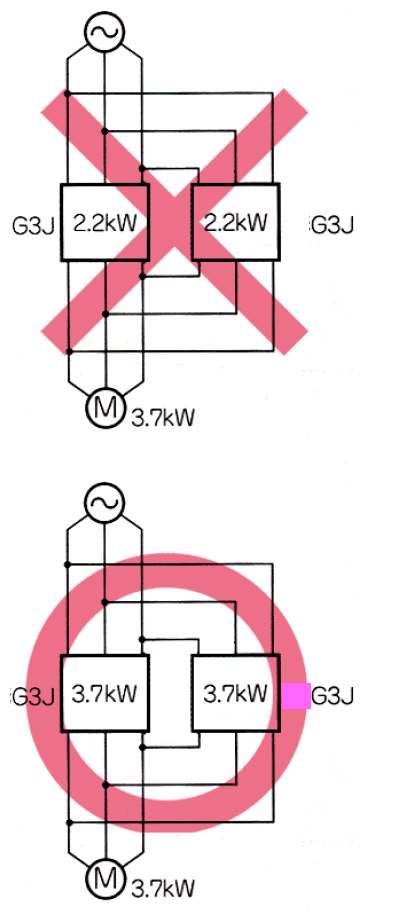What is the configuration of the Thumb Rotary Switches?
Yes, it is.
SSRs are connected in parallel mainly to prevent open circuit failures.
Usually, only one of the SSRs is turned ON, keeping the other SSR in the OFF state, due to the difference in output ON voltage drop between the SSRs. Therefore, do not connect two or more SSRs in parallel to drive a load exceeding the capacity of each SSR. Otherwise, SSRs may fail to operate.
It is not possible to increase the load current by connecting the SSRs in parallel.
However, if an ON-state SSR in operation is open, the other SSR will turn ON when the voltage is applied, thus maintaining the switching operation of the load.